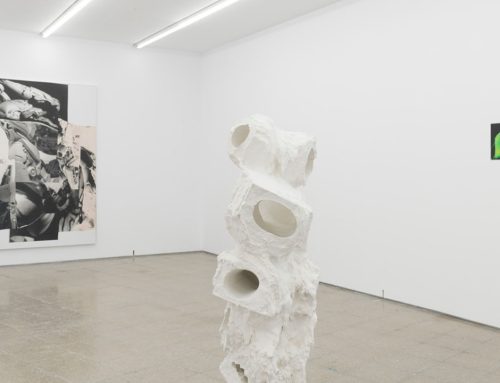A Barcelona guidebook once asked me to review every museum in the city, large or small, prominent or obscure. This atypical experience (as guidebooks are usually selective rather than exhaustive) taught me a few things. One is that there are spectacular collections in the city that few take seriously, like the Perfume Museum inside the Regia shop on Passeig de Gràcia, with its exquisite display of flasks reaching back to antiquity. I also learnt this: there is not a single masterpiece in Barcelona museums.
Through dozens of collections, in what amounts to kilometres of galleries, you won’t find a single work whose exemplary quality has afforded it worldwide renown. There is not one sole item on display people line up to see, or buy tickets for in advance. You won’t find an individual piece so valuable that it has to be protected behind glass or hung between burly security guards, a red line painted menacingly in front, the motion sensors ready to pounce. It is true there are premium buildings in the city, like those commissioned to Gaudí, but they are functional structures, and their intention is different. The Picasso museum doesn’t have a single classic Picasso (and no Cubism); the MNAC prides itself on having pulled dozens of frescoes out of countless Romanesque chapels; when you think of the MACBA, not one specific piece in the entire collection comes to mind.
Until it died, all you’d see were pictures of Copito de Nieve, making the zoo the city’s favourite repository of collectibles.
Other cities promote iconic artworks in tourist brochures, even showing fragments everyone recognizes, like Klimt’s kiss in Vienna or Munch’s scream in Oslo. In Barcelona, until it died, all you’d see were pictures of Copito de Nieve [Snowflake], the albino gorilla who spent forty years as a municipal curio, making the zoo the city’s favourite repository of collectibles (it’s no longer the case). For years they tried to get the poor beast to reproduce, in the hope of perpetuating his furry white legacy.
The absence of universal magnificence in Barcelona’s museum holdings, along with such passion for filler, can be attributed primarily to one factor: bourgeois culture, whether high or low. On the upper end, indifference to excellence. On the lower, the mentality of the petit bourgeoise, lining their walls with wares like middle class shopkeepers.
As it was never an imperial capital, Barcelona would not enjoy the spoils of empire, masterpieces included, as was the case with London, Paris and Madrid. No better way to build a fine collection than by ransacking your enemy’s treasure stores. Without such status, and the mechanisms of power (like armies) to exercise it, economic elites tend to step up, whether you really want them to or not. As the short-sightedness of its collections confirms, Barcelona’s bourgeoisie has rarely aspired to universal cultural relevance.
Bourgeois culture could mean many things. In Barcelona, it refers to the urge to spend on anything moneyed types typically collect and consume, based on pre-established canons of accumulation and entertainment. Little does it matter if the results are good, middling or actually rubbish, though it’s mostly mediocrity in the middle.
Bourgeois collecting would be fine if it mostly stayed home, if it weren’t for the mistaken notion that someone else would want to see it. This is not just a syndrome of the past. Advertising mogul Lluís Bassat has an art collection of limited merit he thought Barcelona should house with public money; when he was rightfully turned down, it ended up in Mataró, where few could care less about it. If you go to Poble Espanyol there’s the Fran Daurel collection (really a Daurella, from the family controlling Coca Cola Spain), where you’ll find a few calibre kernels mixed in amongst the chaff. The Vila Casas Foundation (that’s pharmaceutical money) has a handsome contemporary building in the heart of Poblenou, though the art on the walls only occasionally meets the standard of the container.




